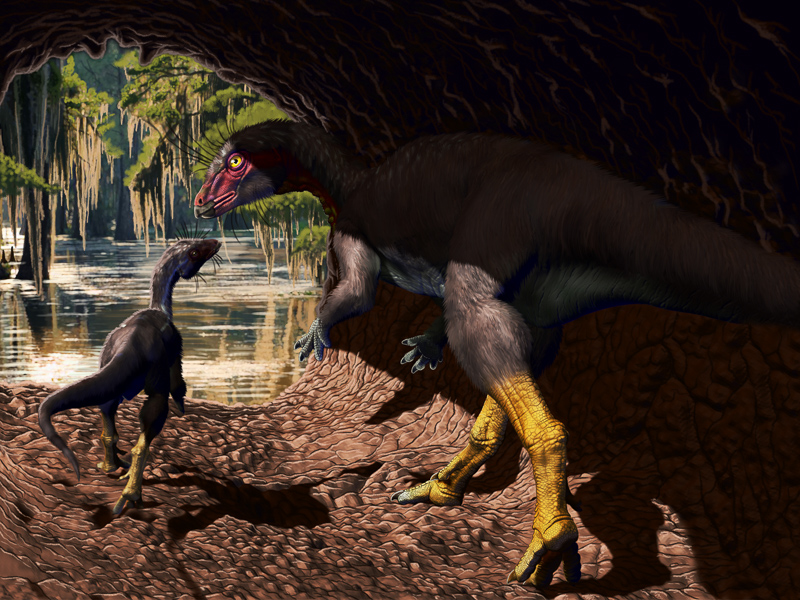
Life Underground Suited New Dinosaur Fine
July 8, 2024
Fona herzogae. Illustration: Jorge Gonzalez. By Tracey Peake, NCSU News Services The age of dinosaurs wasn’t conducted solely above ground. A newly discovered ancestor of Thescelosaurus shows evidence that these animals spent at least part of their time in underground burrows. The new species contributes to a fuller understanding of life during the mid-Cretaceous –… Read More >
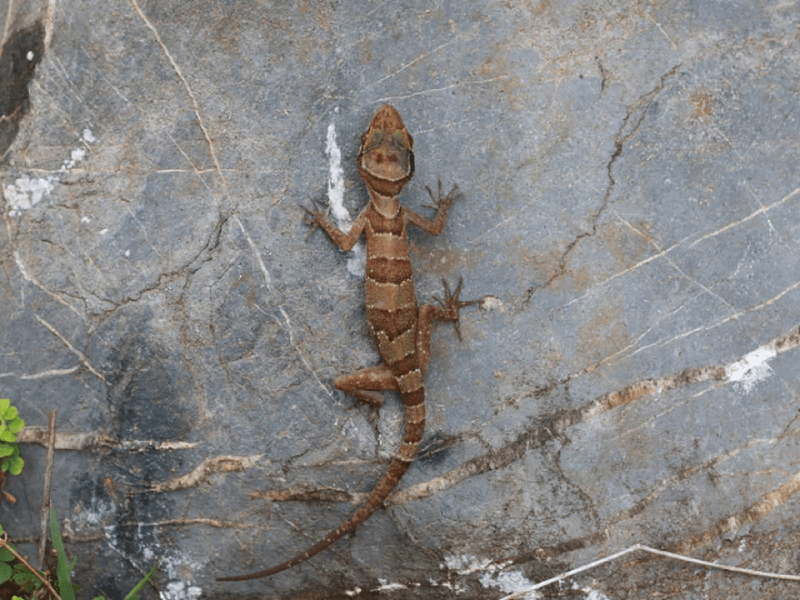
New cave-gecko species identified in Kampot, Cambodia
June 27, 2024
Photo: Cambodian Ministry of Environment. “A previously unidentified species of gecko has been discovered at the Phnom Preah Kuhear Luong (luong caves) in Kampot province’s Banteay Meas district [Cambodia]. The discovery is the result of a two-year research project, according to the Ministry of Environment. “The study was conducted by specialists from the ministry, in… Read More >
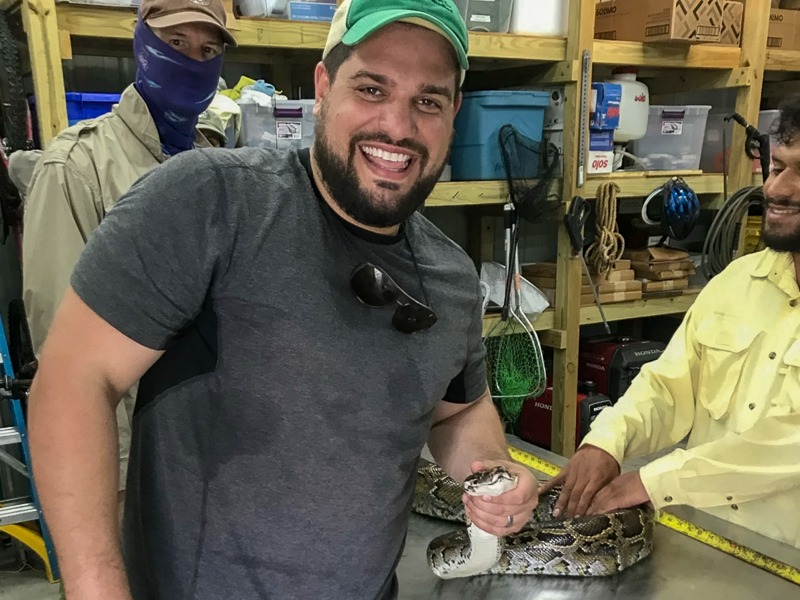
Weird Science: Burmese Pythons and their eventual trek to the North Carolina coast
June 19, 2024
Dr. Mike Cove, center, is an applied conservation ecologist and mammalogist at the North Carolina Museum of Natural Sciences and has been researching the impact of the Burmese Python on the Florida Keys. Photo: U.S. Fish and Wildlife Service. By Annette Weston, PRE “A scientist at the North Carolina Museum of Natural Sciences — and… Read More >
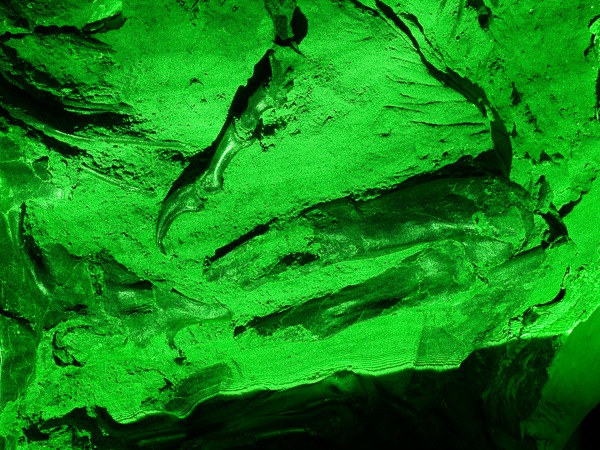
Shining new light on old bones
June 18, 2024
The Dueling Dinosaurs are exceptionally preserved. Every bone remains in life position. This incredible preservation suggests that these two dinosaurs were entombed by sediment as fleshed-out carcasses and not just skeletons. Through the process of fossilization, the bones of these animals were mineralized in exceptional condition, while the soft tissues (e.g., skin, muscle and feathers)… Read More >
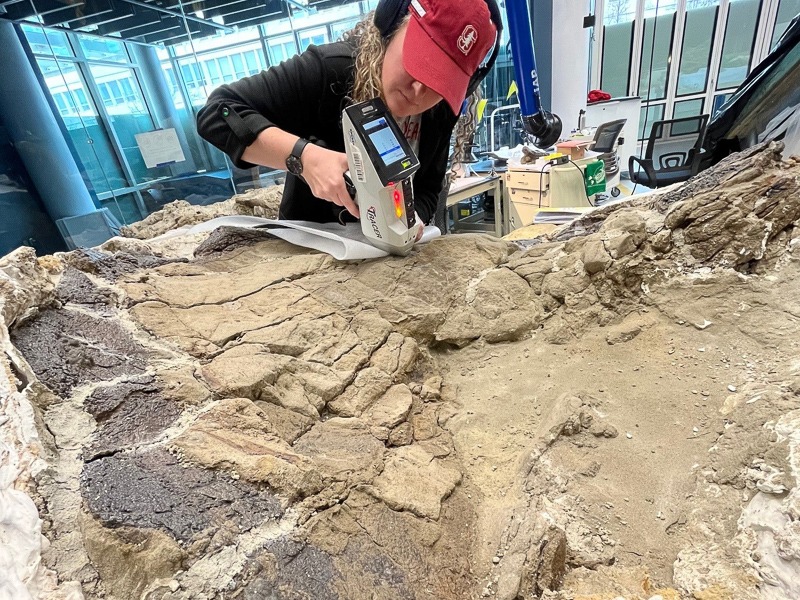
What are you made of?
The Dueling Dinosaurs are exceptional. Both skeletons bear evidence of soft tissue preservation. But how much of the original material is there? One technique we can apply to identify the presence of soft tissues such as skin on our specimen is handheld X-Ray Fluorescence (XRF). XRF is used to determine the chemical composition of materials…. Read More >

